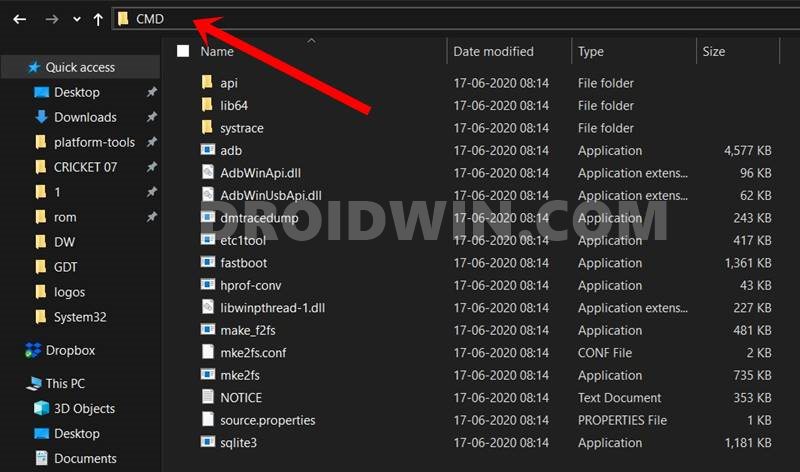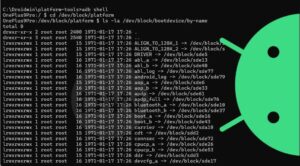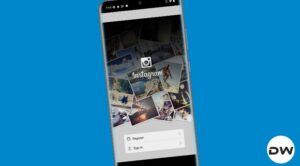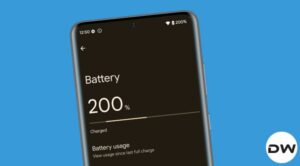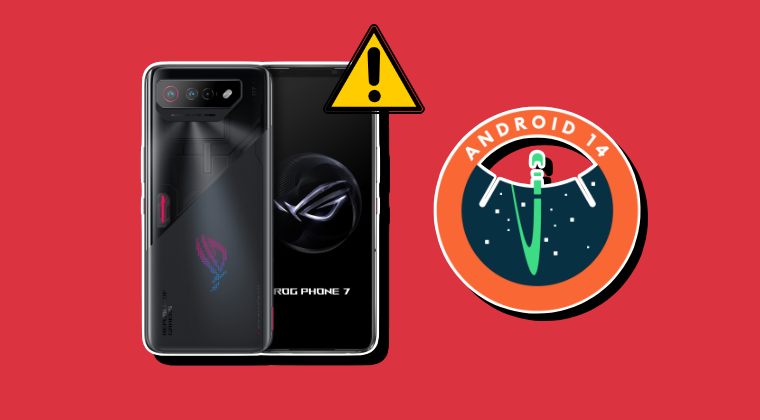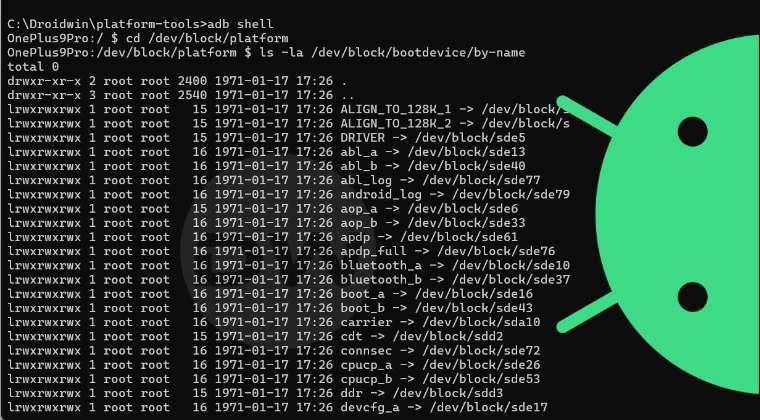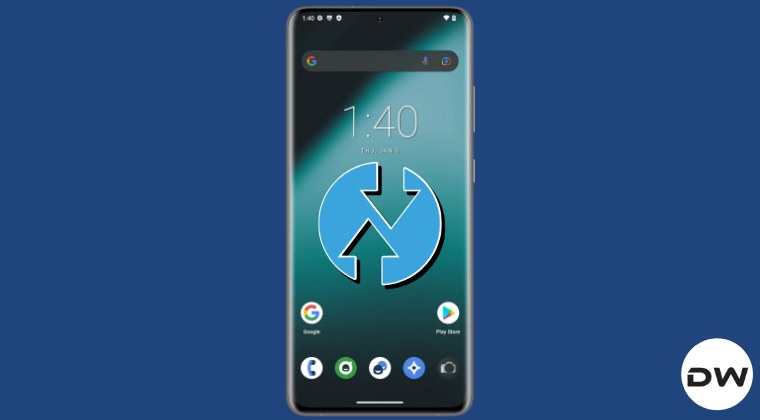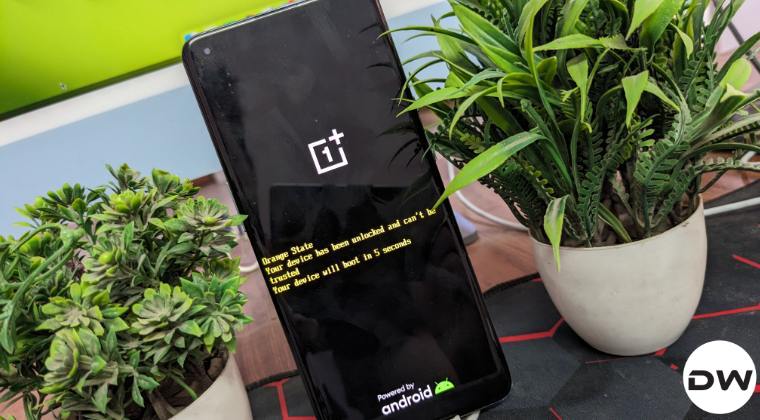Samsung Galaxy S20/S20+/S20 Ultra has a very high-quality Dynamic AMOLED display with an all-new 120 Hz refresh rate. One thing which was missing on the Galaxy S20 series was the adaptive refresh rate for different apps. But there’s the other way around through which you can imitate something similar to adaptive refresh rate. Similar to what the latest Samsung Galaxy Note 20 series is offering.
Below is the method and the link to the app download to get the adaptive refresh rate on the S20 series. The main reason for the lack of this feature was the hardware limitations of the Galaxy S20. Samsung overcame this drawback on their latest Note 20 series with a different display panel which is capable of refreshing the screen from 1hz up to 120 Hz.
On a Reddit forum, we have come across the workaround to get the adaptive refresh rate for the S20 series through an app. You need to give access to the accessibility services to the app. Along with some ADB commands that you need to enter. A complete guide is right below along with the download link of the app. This app won’t let your Galaxy S20 device refresh at any refresh rate. But it will automatically switch between 60,96 and 120 Hz depending on what options you have set.
After installing the app you will be able to decide on what refresh rate each and every app should run. For example, if you are using Netflix or any other video streaming app you don’t need a 120 Hz of refresh rate so you can simply set through the app that whenever you open Netflix the screen shifts to 60 Hz. it will save a lot of battery in daily usage scenarios. There is even a thread on XDA regarding the same and users can discuss and chit-chat with other people using the app.
Table of Contents
Enable Adaptive Refresh Rate on Samsung Galaxy S20/S20+/S20 Ultra via ADB Commands
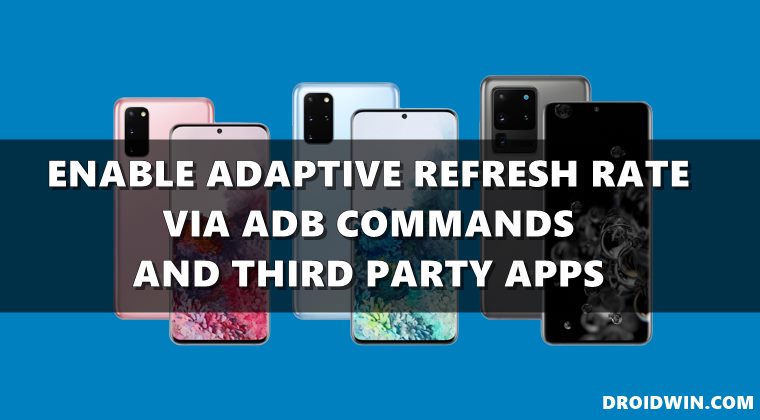
With that said, this guide will show you the steps to enable 96HZ and 120HZ refresher on the S20 series. The first question that might come to your mind is why 96Hz but not 90Hz. Well, this is because the hardware doesn’t support 90Hz. Rather, it supports 48,60,96, and 120hz. Henceforth in this guide to enable adaptive refresh rate on Samsung Galaxy S20/S20+/S20 Ultra, we will focus on two values- 96Hz and 120Hz. So without further ado, let’s get started.
Setup ADB on your PC
- To begin with, download the Android SDK Platform Tools and extract it to any convenient location on your PC.
- Then connect your device to the PC via the USB Cable. Make sure to enable USB Debugging as well.
- Now head over to this platform-tools folder’s address bar, type in CMD, and hit Enter. This shall launch the Command Prompt window.

- Type in the following command to set up the shell on your device
adb shell
- You might get a prompt on your device, tap Allow. That’s it. You may now proceed to the next section and execute the desired ADB Command corresponding to the refresh rate of your choice.
Enable 96 Hz Refresh Rate on Galaxy S20/S20+/S20 Ultra via ADB Commands
Copy-paste the below commands in the CMD window that you have opened inside the platform-tools folder:
adb shell settings put system peak_refresh_rate 96.0 adb shell settings put system min_refresh_rate 96.0
That’s it. You have successfully enabled a 96Hz refresh rate on the Samsung Galaxy S20 series. However, if for some reason, the above command doesn’t work out, then you may also use the below command:
adb shell settings put secure refresh_rate_mode 2
Enable 120 Hz Refresh Rate on Galaxy S20/S20+/S20 Ultra via ADB Commands
If you wish to enable a 120HZ refresh rate on the Samsung Galaxy S20 series, then copy-paste the following commands:
adb shell settings put system peak_refresh_rate 120.0 adb shell settings put system min_refresh_rate 120.0
Get Adaptive Refresh rate on Galaxy S20/S20+/S20 Ultra via Third-Party Apps
- If the aforementioned steps are too much to deal with, then you may also take the help of some third-party apps. The first one in this regard is the Dynamic Display App. So download it from this link: Dynamic display for S20 APK
- Now you need to enable USB Debugging on your phone and install ADB on your computer click here for everything that’s needed.
- After you have set up everything, open the app on your phone and give the accessibility services access.
- Now Open the ADB command prompt window on your PC or Laptop and connect your phone via USB Cable.
- Now in the command prompt write the following command.
adb shell pm grant dev.fingertips.s20refreshrate android.permission.WRITE_SECURE_SETTINGS
- The WRITE_SECURE_SETTINGS permission is now granted to Dynamic Display and you can begin using the app.
If the aforementioned app doesn’t work out as expected, then you may also try out the S20 Refresh Rate Control 1.0 APK. Download and install it on your device. Then launch the app and select the desired refresh rate. That’s it. Your tasks stand complete.
Bonus Tip
Set up calling and video calling apps as 60 Hz along with video streaming apps and games as well which doesn’t support 120 Hz. You can simply add them to the app to run at 60 Hz. Also, add the default camera app along with other camera-centric apps to use 60 Hz only. On that note, this was the complete guide on how to set adaptive refresh rate on the S20 series through various methods. If you run into any issues feel free to comment and we shall resolve your issue.
